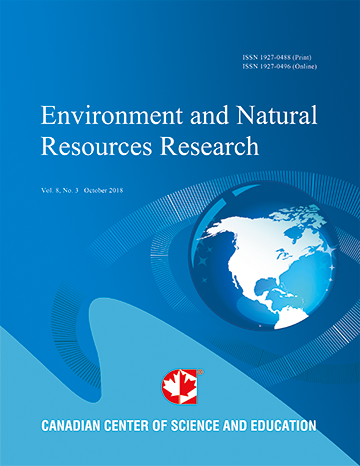Management Effectiveness and Potential for Tourism of Peri-Urban Lusaka National Park, Zambia: A Preliminary Assessment
- Vincent Nyirenda
- Victor Siamudaala
- Milimo Kaula
Abstract
Management effectiveness of a park is multi-faceted subject with implications on various aspects of its existence. Determination of the management effectiveness of a protected area is often linked to monitoring processes. Wildlife monitoring is a critical component of wildlife management and integral part of a research programme for Lusaka National Park (49.76 km2). A preliminary study was undertaken to determine the protected area management effectiveness, initially by ascertaining the status and distribution of mega-fauna resources. This was followed by evaluating whether the park management was effective by using status of wildlife populations as surrogate in comparison to initial wildlife stocks. Helicopter and ground line transects, historical data and field patrol data were used for analyses of park’s management effectiveness and potential for ecotourism. Though the study has locally relevant findings, insights on persistence factors such as selection of translocated wildlife, resource ecology and management can benefit park ecologists, managers and other stakeholders especially those responsible for smaller parks of less than 100 km2. However, further research is recommended on wider management effectiveness elements to understand factors affecting the park’s management effectiveness.
- Full Text:
 PDF
PDF
- DOI:10.5539/enrr.v4n1p117
Journal Metrics
Google-based Impact Factor (2016): 6.22
h-index (November 2017): 12
i10-index (November 2017): 19
h5-index (November 2017): 11
h5-median (November 2017): 12
Index
Contact
- Emily LinEditorial Assistant
- enrr@ccsenet.org
